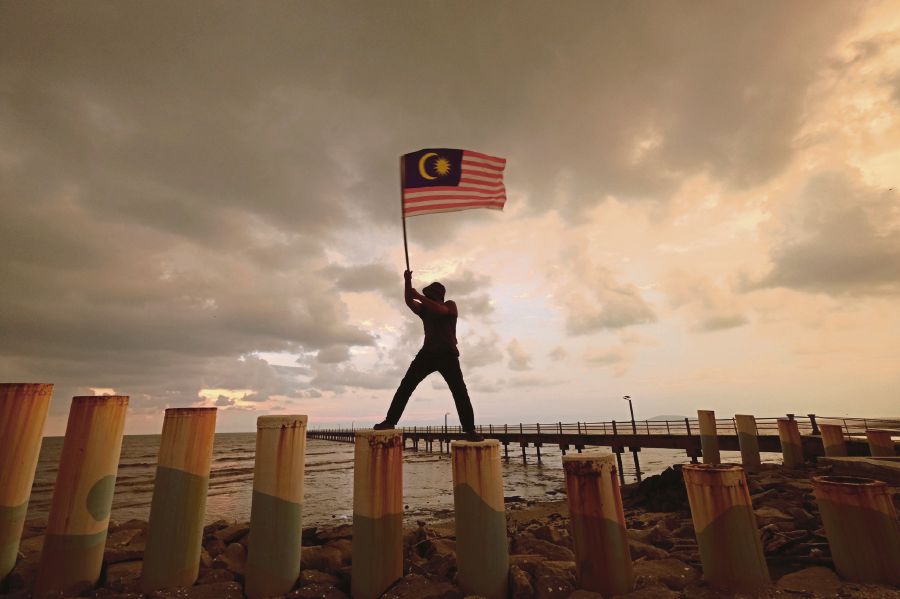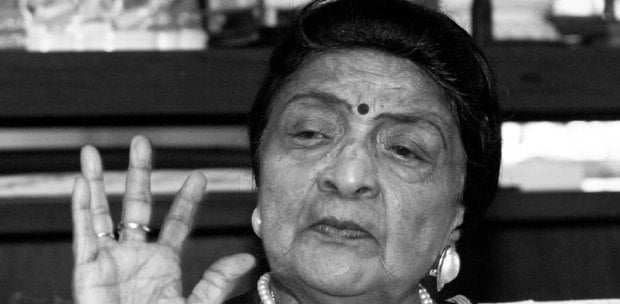It is that time of year when we reminisce about the struggle for Merdeka and the regional challenges that led to the formation of the Malaysian federation.
More often than not in recent years, though, it seems like a time for unending grievance-venting as well.
This is despite the fact that the quest by Sabah and Sarawak for autonomy that, in the words of the late Sarawak chief minister Tan Sri Adenan Satem, had been "somewhat eroded" over the years, has chalked up significant gains recently.
Malaysia Day on Sept 16 has been elevated to a national holiday celebrated alongside Merdeka Day on Aug 31 — this should be accepted as a happy compromise by all Malaysians.
After all, as sometimes stressed, Americans all proudly celebrate their Independence Day on July 4 no matter if their own state joined the US federation later.
Another major point of contention — the sharing of the national hydrocarbon wealth — has recently been decided in Sarawak's favour after Petronas conceded and paid the state's tax on oil and gas.
Tens of billions of ringgit are being spent on the Pan-Borneo Highway, a super highway over an expanse roughly twice the size of Peninsular Malaysia, but with a fraction of the population.
Once completed, it should do wonders for a sense of national belonging currently somewhat lacking in the Borneo states, for understandable reasons.
Both states have also reasserted their autonomy in other ways, big and small, and with federal acquiescence. The most apparent has been how they have parallel state policies — especially over the entry of people into their states — amid the Covid-19 pandemic. Not necessarily with the happiest of results as the surge in cases in both states show.
So, it has to be asked, what gives, with the persistent griping by various quarters about the state of the federation?
To be sure, decades of nursing a sense of being taken for granted (with, it has to be said, the tacit connivance of Sabah and Sarawak leaders who were never as powerless as they make it out to be) may take time to undo.
Whether both states' demands, then and now, are completely fair may be beside the point. The point has been that they felt shunted aside and ignored.
That was the sorry lot which, unfortunately, most if not all federal leaders (including those who now lead the federal opposition) had been guilty of.
Federal leaders today are making appropriate amends — in no small way — owing to the changed political scenario nationally, which lands Sabah and Sarawak politicians in the position of being federal kingmakers.
State politicians, though, must not try to have it both ways, especially now that they are very much part of the federal government. For the sake of the federation, they have to act as the essential bridge between state political aspirations on the one hand and federal bottom lines.
This calls for state and federal positions to be well and honestly articulated to the people.
Reasonings for both positions must be spelt out and adequately explained so that a reasonable give-and-take between both states and the federal government will eventually lead to amicable agreements rather than continued rancour.
As the late Adenan, who did much to push Sarawak's quest for restored autonomy, also said, the effort did not extend to wanting out of the federation.
He had stressed that Putrajaya spends billions each year on defence, security, health services and education, some of which perhaps disproportionately impact and benefit Sabah and Sarawak, with their long coastlines and land borders, amid heightened regional tensions. "You think we can afford that?" he had asked.
Being part of a federation is, of course, more than being "friends" with benefits. Growing numbers of Sabahans and Sarawakians already make the peninsula their home, forging national integration in very concrete ways every day.
Over time, that flow ought to be unhindered in both directions.
The writer views developments in the nation, region and wider world from his vantage point in Kuching, Sarawak






